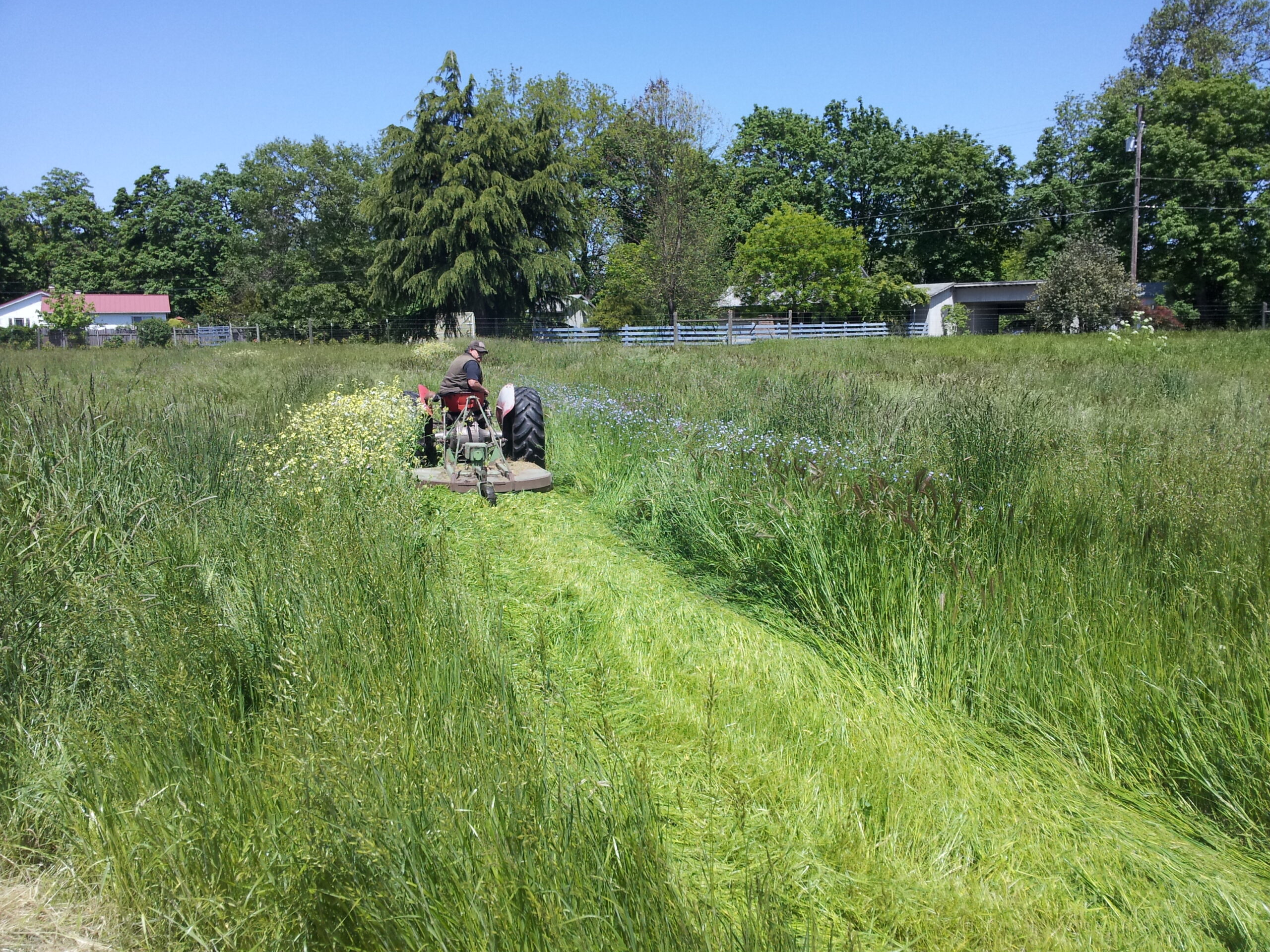Montmorillonite
Mined from a natural deposit and contains no other additives.
Soil Structure Improvement
Montmorillonite has a high cation exchange capacity (CEC), which means it can hold and exchange essential nutrients like potassium, calcium, and magnesium with plant roots. Added to soil it helps improve its structure, water-holding capacity, and nutrient retention. This can lead to better drainage in heavy soils and increased water retention in sandy soils.
Nutrient Management
The high CEC of Montmorillonite allows it to hold onto nutrients and release them slowly to plant roots as needed. This helps prevent nutrient leaching wastage, ensuring that plants have a steady supply of essential elements for growth.
Water Management
Montmorillonite can absorb large amounts of water and swell significantly when hydrated. This property helps in retaining soil moisture and making it available to plants over an extended period, which is particularly beneficial during dry periods.
Erosion Control
Montmorillonite can be used to control soil erosion by forming a protective layer on the soil surface. This layer prevents water and wind from directly impacting the soil particles and carrying them away.
PACKAGING
Super Sacks, Bagged on a Pallet, Full Truckloads, Containers
Organically listed
pH Regulation
Montmorillonite can help buffer soil pH due to its exchangeable ions. It can help stabilize the soil pH within a suitable range for plant growth, which is important for nutrient availability and microbial activity.
Plant Growth Promotion
The improved soil structure, nutrient retention, and water-holding capacity provided by Montmorillonite contribute to enhanced plant growth, leading to healthier crops and increased yields.
Soil Remediation
Montmorillonite has the ability to adsorb various pollutants and heavy metals. It can be used in phytoremediation projects to help mitigate soil contamination.
Livestock Management
Montmorillonite can also be used as a feed additive for livestock. It has the potential to bind to mycotoxins in animal feed, reducing their negative impact on animal health.

